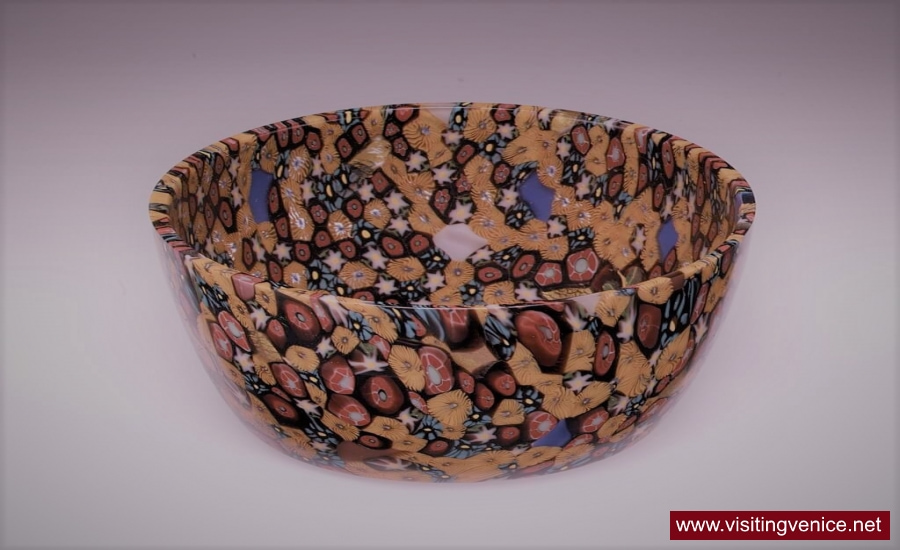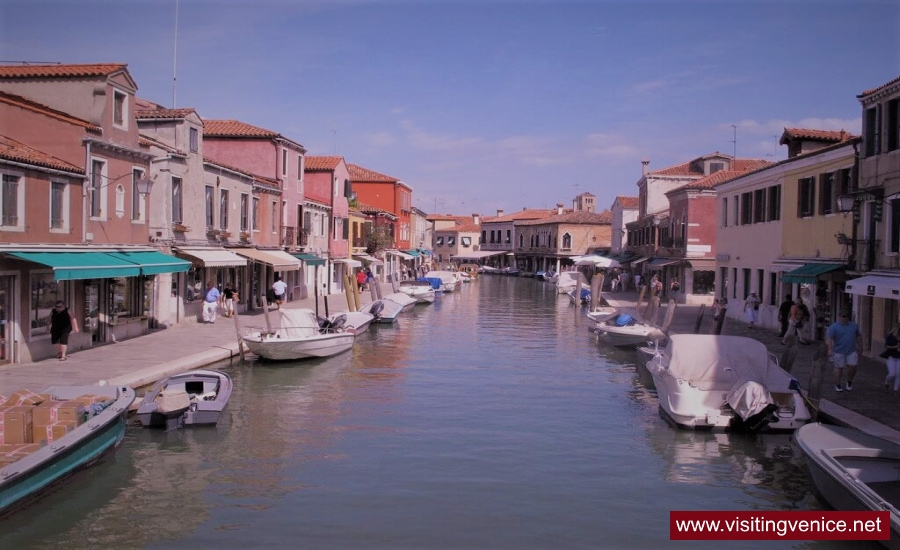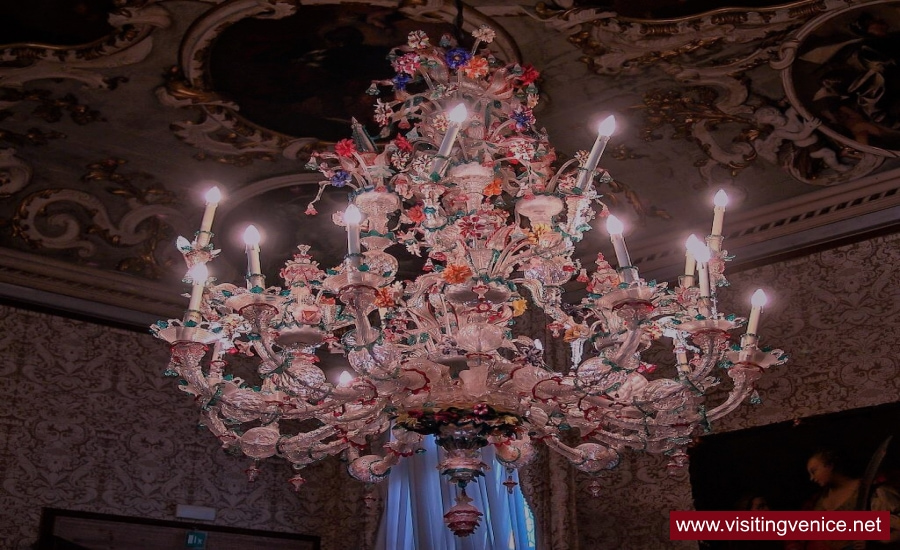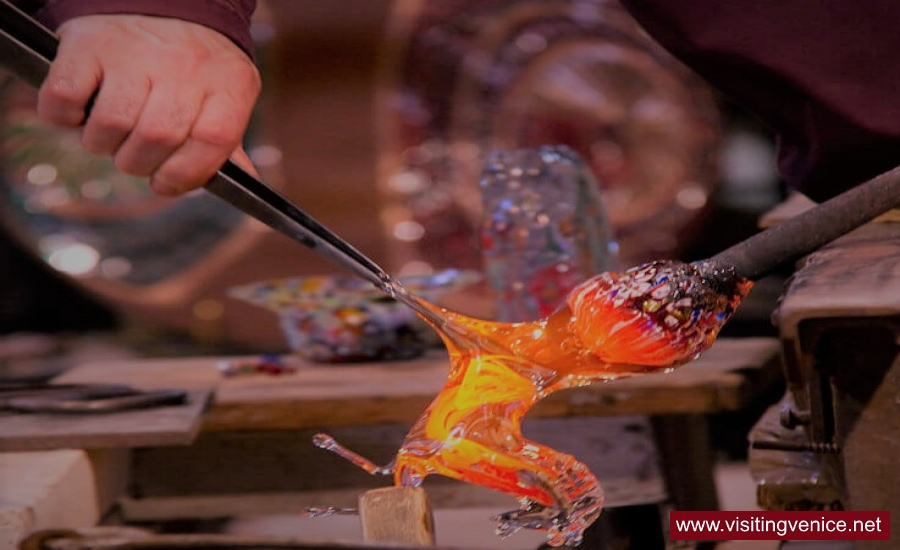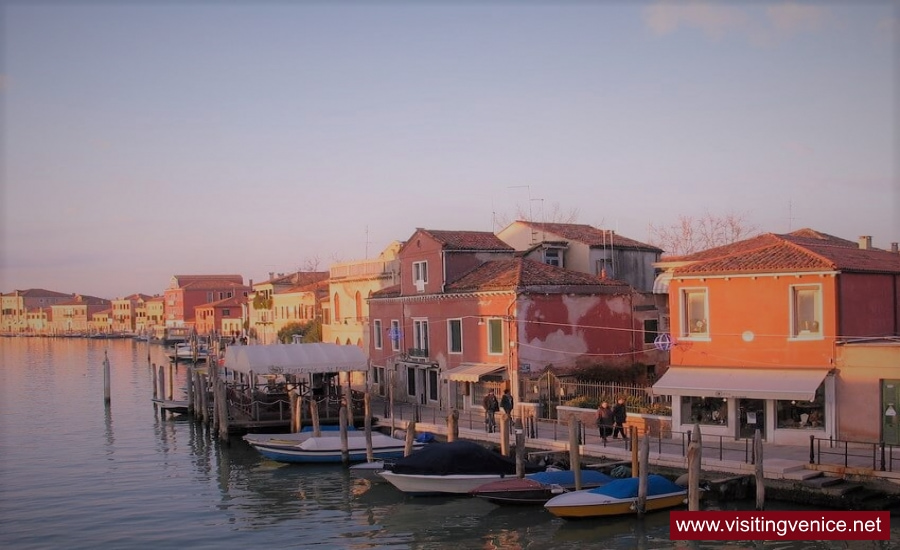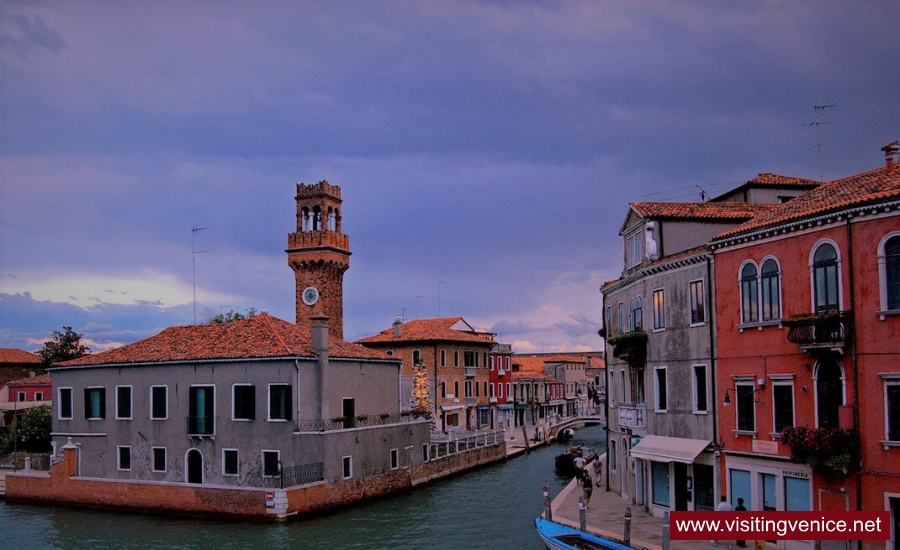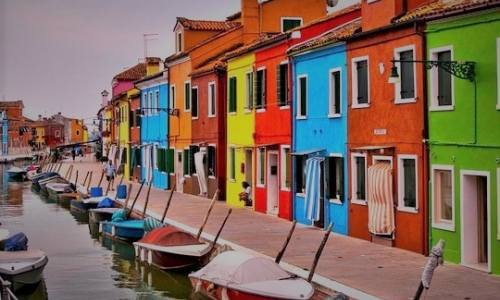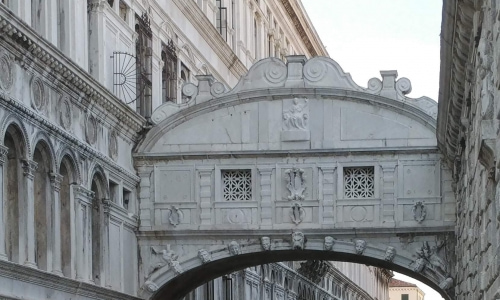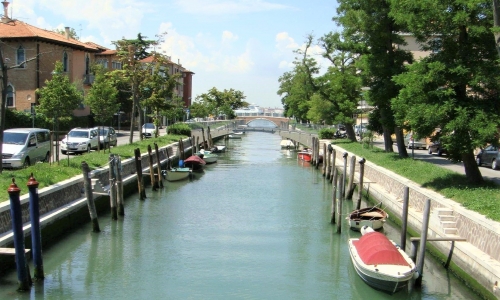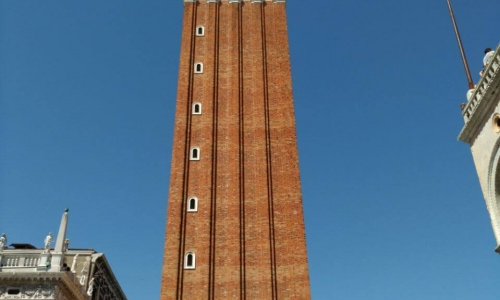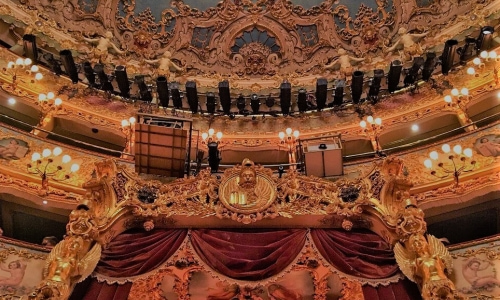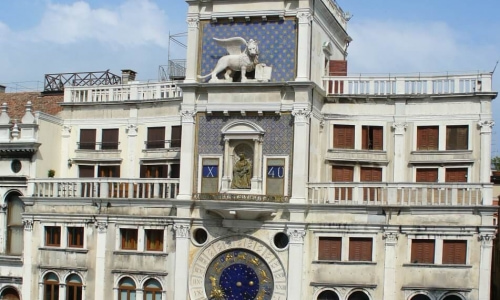Murano Island
Murano is situated in the lagoon of Venice, in north Italy. It is an island, or more precisely a group of islands that are divided by narrow channels, linked together by bridges. The diameter of Murano does not exceed two kilometres, while its permanent population is just above 5000 residents according to the inventory of 2004. It was once an independent community, but now it is an independent frazione of Venice.
Murano was originally inhabited by the Romans, and from the 6th century A.D by immigrants from Altinum and Oderzo. In the beginning the island had prospered as a fishing village and the production of salt. It was also a centre of commerce from the port that was controlled by San Erasmo. From the 11th century it began to decline, and the residents moved to Dorsoduro. It had its own Grand Council as the one in Venice, but from the 13th century it was governed by Venice. As appose to the other islands in the lagoon, Murano cut its own coins.
A little after 1000 A.D, the hermits of the Camaldolese Order, settled on one of the islands seeking a lonely place. They founded the San Michele di Murano Monastery that became a great centre of education and publications over time. The famous cartographer Fra Mauro, whose maps have been important for the exploration of the world was a monk of this commune. The monastery was violently disbanded in 1810 by the French forces of Napoleon. The area became the largest cemetery in Venice.
During the 15th century, Murano emerged into a famous resort for the Venetians where mansions were erected, however it declined again. Until the 19th century the Islets were known for their orchards and their vegetable gardens, which were then replaced by built areas.
Murano is traditionally known for its glass, especially Murano crystals. With a history spanning centuries, this charming island offers visitors a unique opportunity to witness the artistry of glassblowing and explore a vibrant community dedicated to preserving this ancient craft. Murano Island is a haven for glass enthusiasts and art lovers alike. As you step onto the island, you'll be greeted by a picturesque setting of canals, colorful houses, and glass workshops that permeate the atmosphere with creativity and craftsmanship.
Explore the numerous glassmaking workshops scattered throughout Murano. Witness skilled artisans transform molten glass into intricate sculptures, delicate jewelry, and mesmerizing glassware. From the heat of the furnaces to the precision of the craftsmen's hands, you'll gain an appreciation for the meticulous artistry involved in glassmaking.
Visit the Glass Museum, located in the Palazzo Giustinian. This fascinating museum showcases a vast collection of historical and contemporary glass artworks, providing insights into the evolution of glassmaking techniques and styles over the centuries. Admire exquisite chandeliers, intricate glass beads, and stunning glass vessels that demonstrate the versatility and beauty of Murano glass.
Murano is an ideal place to purchase authentic Murano glassware as a memento of your visit. Explore the island's numerous glass shops and boutiques, where you'll find a wide array of handcrafted glass creations, from delicate jewelry to exquisite vases and decorative objects. Take home a piece of Venetian artistry and craftsmanship.
One of the island's architectural gems is the Church of Santa Maria e San Donato, known as the Glass Cathedral. Marvel at its Byzantine architecture and the stunning mosaics that adorn its interior. Legend has it that the church houses the bones of a dragon slain by a Murano glassworker, adding to the island's rich folklore.
Murano Island hosts various glass-related events and festivals throughout the year, showcasing the island's glassmaking heritage. Don't miss the opportunity to witness live glassblowing demonstrations, participate in workshops, and experience the vibrant atmosphere of these cultural celebrations.
Murano Island, with its rich glassmaking tradition, offers a captivating journey into the world of Venetian craftsmanship. From the magical art of glassblowing to the beauty of Murano glass creations, the island presents a unique blend of art, history, and culture that continues to inspire and enchant visitors from around the globe.
Main Sites in Murano |
Palazzo da Mula |
Murano Glass Museum |
Murano Lighthouse |
New Murano Gallery |
Churches in Murano |
Santa Maria e San Donato |
San Pietro Martire |
Palazzo Giustinian |
Santa Maria degli Angeli |


